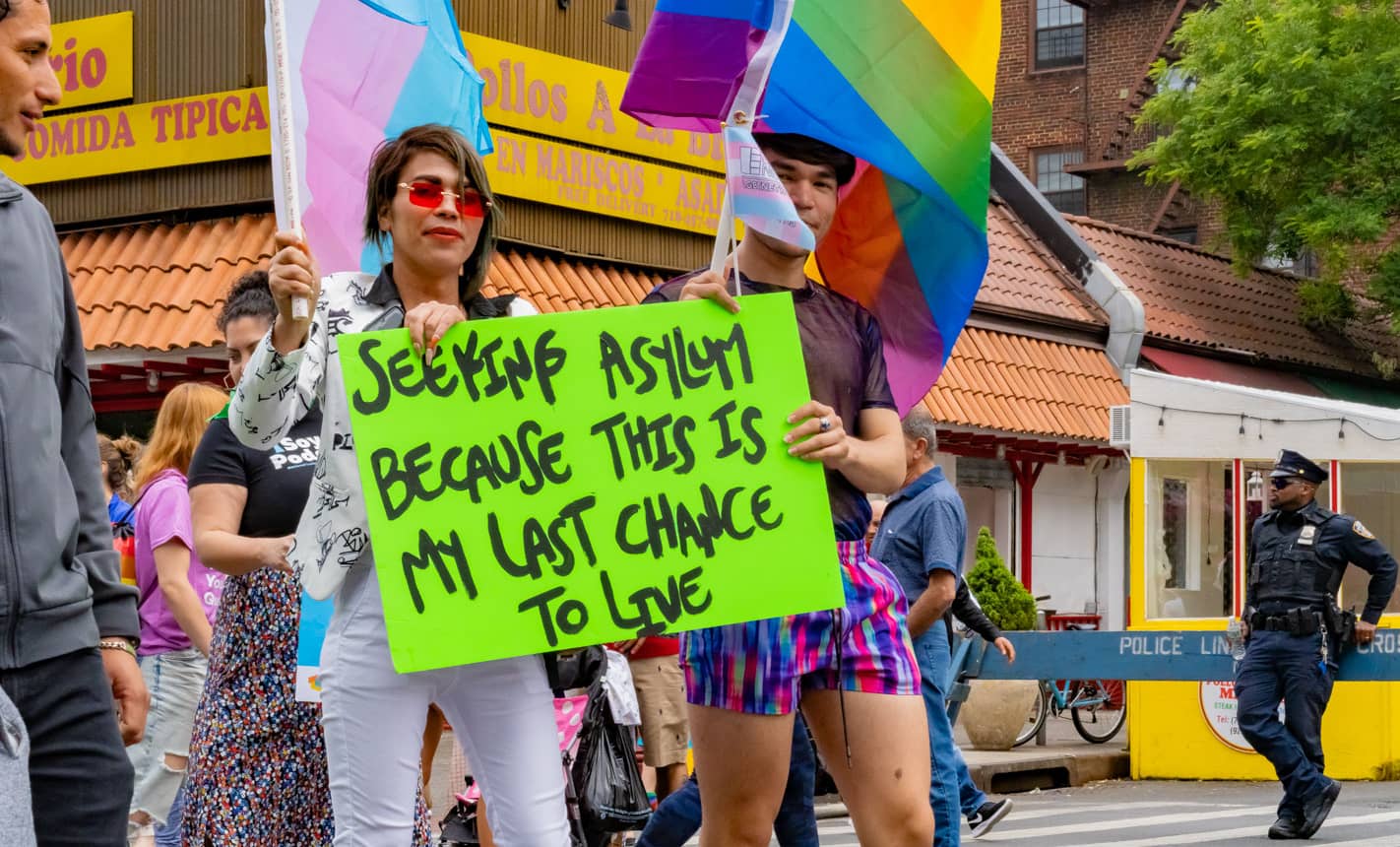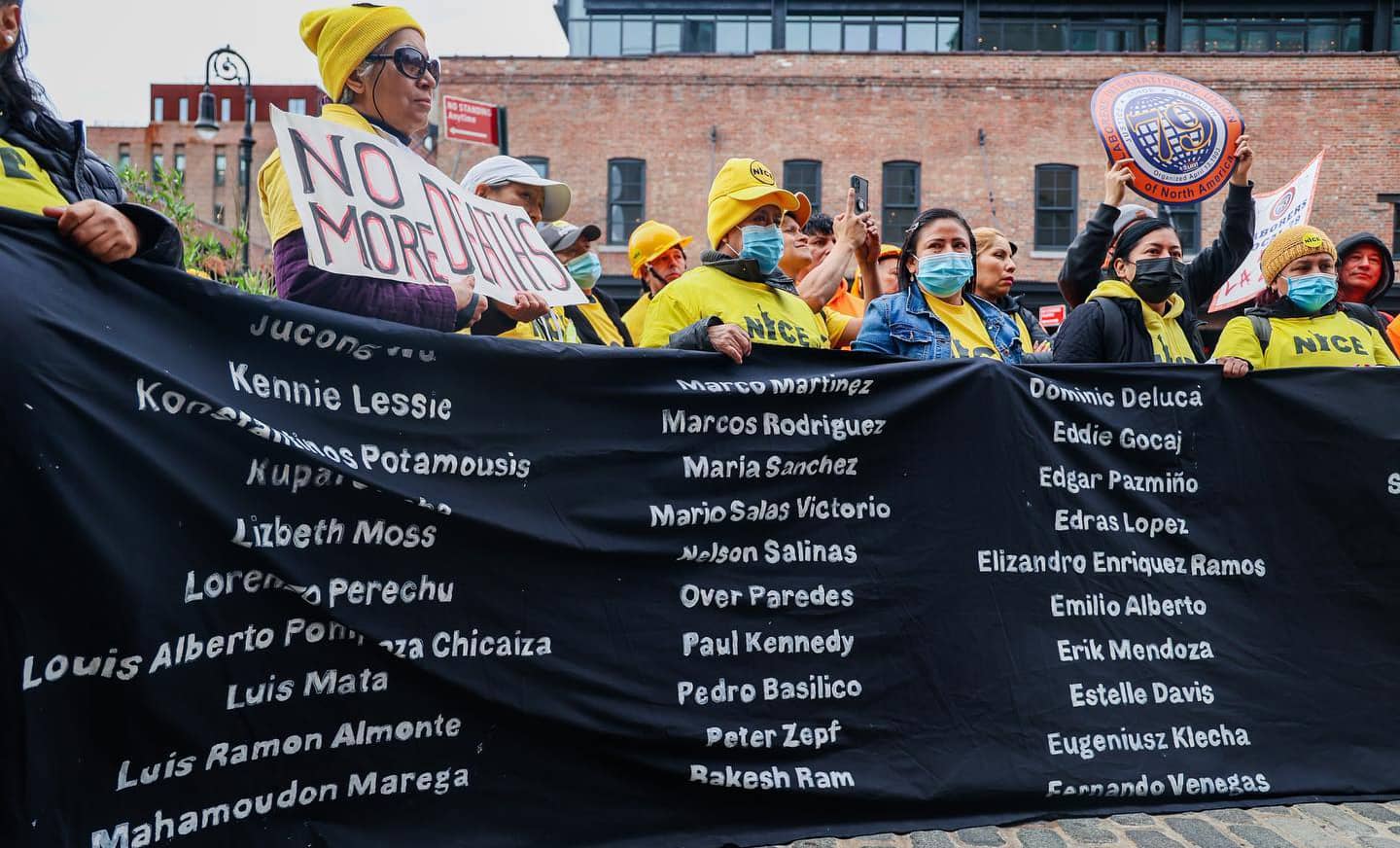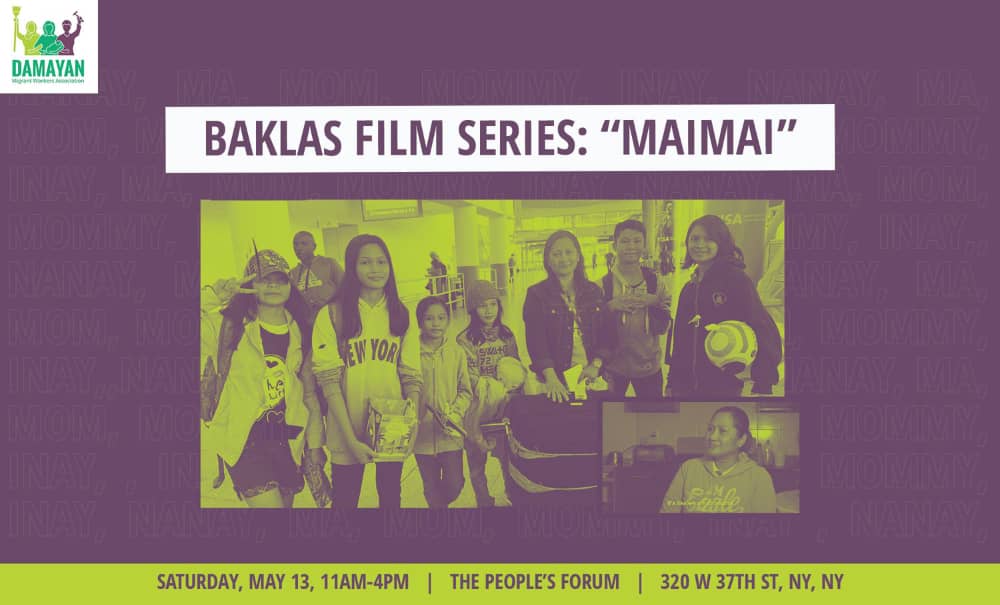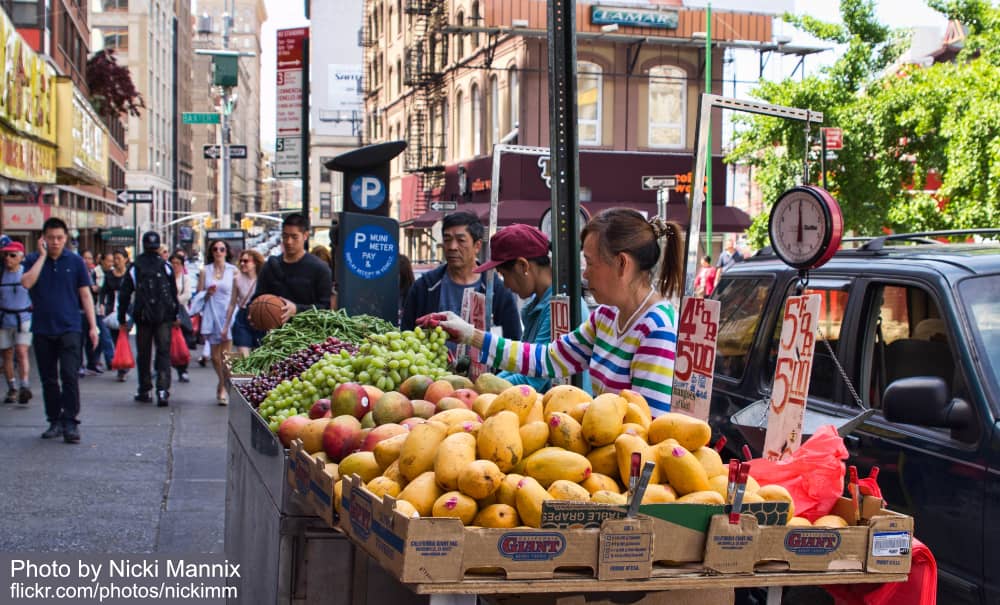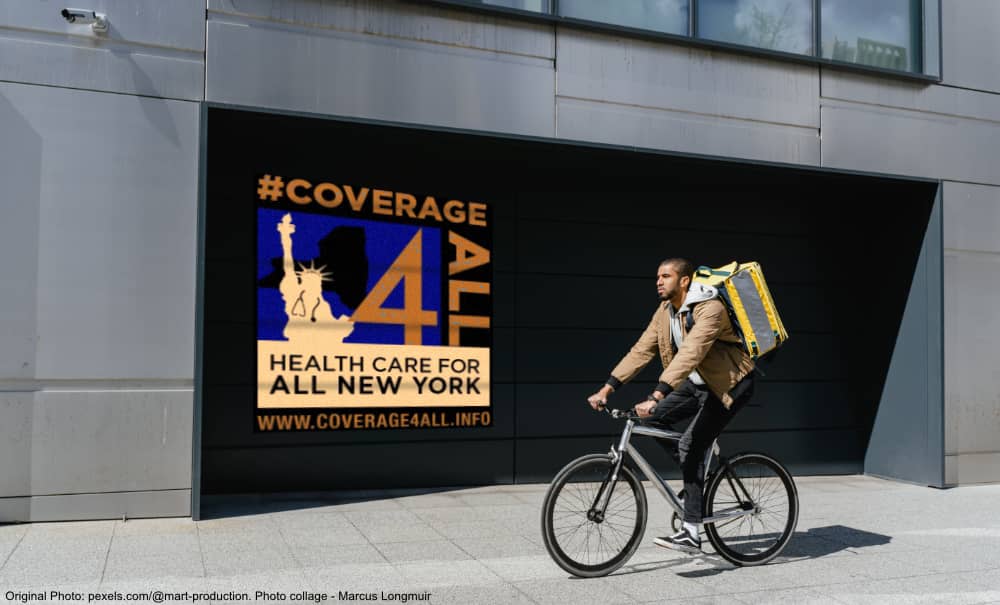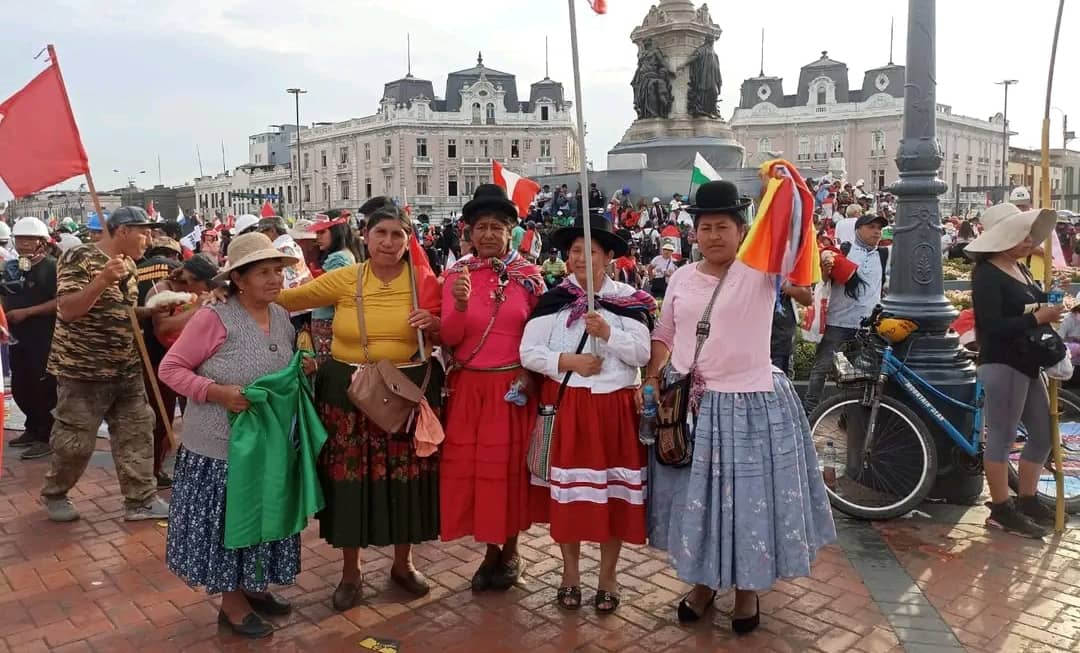
Dear friends,
As summer enters full bloom, we send warm thanks to you, our readers, for keeping us inspired. Immigration news is a political struggle over what gets reported and what gets ignored. Just over two weeks ago, an overcrowded ship packed with migrants from Pakistan, Syria, and Egypt, sank off the coast of Greece. Up to 750 people reportedly were onboard; only 104 survived. Hundreds of migrant women, children, and men drowned in one of the worst maritime disasters in modern history. News coverage of the devastating migrant shipwreck was brief and sparse.
Readers like you, and the attention you give to immigration news, keep us going. This week we offer you a story about the underreported political situation in Peru, written by a Peruvian-American New Yorker. And we update you about the justice work of Make the Road New York and their groundbreaking survey of recent asylum seekers in NYC.
Newsletter Highlights:
- Report on Peru’s current political situation
- 2023 survey of asylum seekers by MTRNY
1. Solidarity with our Peruvian Brothers and Sisters
“How many deaths do you want for your resignation? Assassin Dina, the people repudiate you!” –Puno, Aymara song
Starting on December 7, 2022, Peru has experienced several months of savage violence unleashed by the repressive forces of the state. On that date, near noon, President Pedro Castillo carried out a failed coup attempt. He took this step after 15 months of frustration, as the majority in Congress (made up of Right and ultra-Right parties) prevented him from governing by voting down all of his bills and trying to impeach him.
One hour after Castillo’s futile move to dissolve Congress, the police, the National Prosecutor, and a judge ordered his provisional detention while he was still a sitting president. Two hours after reading his speech, without following due process, Congress impeached him. At 3:53 pm, Castillo’s former ally and ex-minister Dina Boluarte was sworn in as president. She immediately received the support of the opposition bench, and she invited them to the government palace. Boluarte had once promised that she would resign if Castillo was impeached. Instead, she seized power by allying herself with the party that had lost the election.
Castillo voters reacted with anger as they realized that this parliamentary coup from the Right had been planned in advance. Branding Boluarte a traitor, protesters demanded her resignation and the dissolution of Congress. Demonstrations in the central and southern provinces of the country were met with heavy repression, resulting in nearly 70 deaths, 49 of which were identified as extrajudicial executions by the New York Times. On December 10, in Andahuaylas, province of Apurimac-Chanca Nation, two people were killed and some 100 were injured. The regime declared a state of emergency for some regional governments (“departments”); on the 14th the declaration was extended nationwide.
The state of emergency failed to prevent militant protests in the largely Indigenous departments of the South: Ayacucho, Cusco, Juliaca-Puno (Wari, Quechua, Aymara Nations, respectively), Arequipa, Moquegua, Tacna (also home to many Aymaras). Some Indigenous Nations of the tropical jungle regions also joined the demonstrations. The wave of Indigenous protesters was slandered by the regime as Shining Path followers, delinquents, and agents of drug traffickers or illegal miners. Criminalization was the pretext used by the regime to allow the police, backed by the military, to use deadly force. International human rights agencies have widely condemned this violation of international law.
During the month of January, residents of southern Peru converged on the capital, in what is known as the Taking of Lima. This time demonstrators demanded a Constituent Assembly to reform the laws so that Indigenous Nations could fully participate in decisions about their land and natural resources. Upon arrival in Lima, many protesters were arrested on suspicion of being delinquent terrorists. After the majority were freed, massive demonstrations converged from the shantytown outskirts of Lima known as the Northern, Southern, and Eastern Cones. During these long marches, lasting more than four hours in intense heat, the southerners and shantytown residents made their protests heard by the whole nation. With the help of food and shelter donations, and supported by growing national and international solidarity, the demonstrators’ ongoing protest in the capital has been powerful for months. There was a Second Takeover of Lima; a Third Takeover is scheduled for July 19, planned to include new demonstrators from the Northern region of Peru.
In the Andes mountain range, there are abundant natural resources such as copper, silver, gold, uranium, and lithium. Dozens of mining projects are in various stages of exploration, expansion, and execution by national and international mining companies. Many of these mines are located in the headwaters of river basins, where they pose serious environmental threats. Others are located on land belonging to Indigenous communities, whose claims and objections are routinely ignored. In many cases, Indigenous communities haven’t been consulted or informed at all. At the same time, mining companies have been receiving significant tax exemptions from the government, and often have outstanding tax debts forgiven by the congress.
During his term as president, Castillo visited almost all the southern provinces in conflict with mining companies. He appeared unwilling to authorize open-pit mining in the headwaters of basins without consulting the population. This alarmed the mining industry and its backers, especially since a large number of exploratory mining contracts expire in 2023-25. It seems clear that mining and other economic interest groups, represented by the political Right, wanted Castillo removed from office through a “soft coup” in order to protect their projects and profits. Using control over mass media to influence public opinion, they also mobilized their congressional majority to modify the Constitution, upsetting the balance of powers and creating a new Constitutional Court that they control. They were determined to get rid of Castillo, with or without his proclamation.
Observing the events in our home country, Peruvians around the world immediately rose up in solidarity with the claims of our compatriots. We’ve been protesting in the streets, and presenting letters to the Peruvian embassies and consulates, as well as to the United Nations and the Organization of American States (OAS). We have also sent donations to relatives of the deceased and injured. Since Peru’s mainstream press has shown itself to be dishonest, we’ve come to rely on an alternative press based on YouTubers, local radio stations, and social networks, so our connection with the interior of the country is now in real-time.
It was through this alternative press we found out the Peruvian regime had signed a contract with the public relations firm Patriot Strategies to improve its image internationally. We in New York were also alerted that a delegation of businessmen and a group of artists from Cusco were arriving to attend Inti Raymi (the Festival of the Sun) at the United Palace Theater in upper Manhattan. A demonstration was organized outside the theater, and another action took place inside the theater at the moment when a government official spoke. Although the number of protesters inside the theater was small, most of the Peruvian public rejected the lies that the mayor of Cusco told on behalf of the government, this disruptive challenge broadcast on a Peruvian national channel was seen all over the world. Now compatriots in other countries are on alert to actively respond to any other attempts to sanitize an illegitimate and murderous government.
Nevertheless, in May, Boluarte and the Peruvian Congress authorized the entry of 1,000 US military troops to Peru starting June 1. There are already 10 military bases in Peru. Some leftist Peruvian legislators see the US military as endangering their country’s sovereignty. Former Foreign Affairs Minister Hector Bejar questioned the true intentions of the US military presence, saying that it is “part of a dissuasive policy to intimidate the Peruvian people who have announced new protests for July.” It’s obvious for most Peruvians that the entry of more troops is part of the hybrid war for lithium, uranium, and copper.
Although there has been little coverage of these events in NY media, 20 members of Congress, including many progressive Latino members, signed a letter to President Biden in January asking him to end security assistance to the Peruvian government and to condemn the human rights violations committed by state security forces. Four of New York’s representatives were among the signers: Alexandria Ocasio-Cortez, Adriano Espaillat, Nydia Velázquez, and Delia Ramirez. As an act of international solidarity, the US should follow the recommendations of The Inter-American Commission on Human Rights (IACHR) to end the brutal repression and investigate and prosecute all who are responsible for the state violence.
WHAT CAN WE DO?
- Call your representative in Congress asking to suspend security aid to Perú.
- Come in solidarity with Perú in Taking of Peru’s Consulate in NYC on July 19.
- Follow @PexSemillasdeLibertad on Facebook about organizing the Third Takeover of Lima.
2. Keeping Up with Make the Road NY
At the end of May, Make the Road New York (MTRNY) announced the publication of a 60-page Spanish language “manual” for asylum seekers arriving in New York. The manual, called Casita, is written in a warm and informal style and aims to welcome by providing information and essential resources, including:
- The basic rights of a person living in New York;
- How to access available services and benefits;
- Legal issues including interacting with ICE;
- Information on COVID-19, enrollment in public school, and more.
MTRNY is asking for $30 donations to help support the publication and distribution of Casita.
Then at a June 6 press conference in Queens, MTRNY publicly presented the results of an unprecedented survey of recently arrived migrants. Entitled “Displaced and Dismissed: The Experiences of Migrants and Asylum Seekers in NYC 2023,” the report was based on interviews with 766 migrants between February and May 2023. Interviews were conducted by volunteers from MTRNY and Hester Street who met the ‘migrant buses’ sent by Gov. Abbott of Texas to NY’s Port Authority.
This survey is the first of its kind and activists hope that it will help government officials to better assist recent migrants. 65% of respondents were from Venezuela, but other Latin American countries and African countries were also represented. 81% were under 40 years old; 43% were under 30; and 84% of those under 30 were traveling with their children. All wanted to stay in NYC and were eager to participate in the city’s life.
Other survey findings were that although almost all want to apply for asylum, 93% had not found a lawyer. 97% didn’t have work authorization and therefore couldn’t find jobs to become self-supporting. 72% had trouble paying for basic living expenses. 63% had no access to English classes for either adults or children. 59% had no access to transportation to help them seek employment. 97% were living in NYC shelters. 42% suffered from anxiety or depression.
All three city officials at the press conference—Comptroller Brad Lander, Public Advocate Jumaane D. Williams, and City Councilman Shekar Krishnan—pointed out failures of the city government. Lander said that despite the city’s expenditure of a lot of money and effort to secure shelter for migrants, it has been short-sighted to allocate only 1% of city money toward securing legal help for people to apply for asylum before their one-year deadline. This is crucial because the 6-month countdown for work authorization begins only after the asylum application is made. Both Public Advocate Williams and Councilman Krishnan said any public anger should be directed at the government and not at the migrants because the lack of services for city residents existed before the migrants arrived, and there is a crisis of systemic injustice and not a crisis of asylum seekers.
MTRNY had policy recommendations for the city: allocate $140 million for legal services, improve the transition from the shelter system to permanent housing, do not cut funds for adult literacy programs, and renew and expand the Low-Wage Worker Support (LWWS) as well as access to health care. Policy recommendations for the Biden administration: expedite work authorization for migrants, and send more federal resources to New York.
WHAT CAN WE DO?
- Support the printing and distribution of Make the Road’s manual for newly arrived migrants, Casita, and the Survey of Displaced and Disconnected Migrants.
In solidarity and with collective care,
Jackson Heights Immigrant Solidarity Network (JHISN)
Follow @JHSolidarity on Facebook and Twitter and share this newsletter with friends, families, neighbors, networks, and colleagues so they can subscribe and receive news from JHISN.
